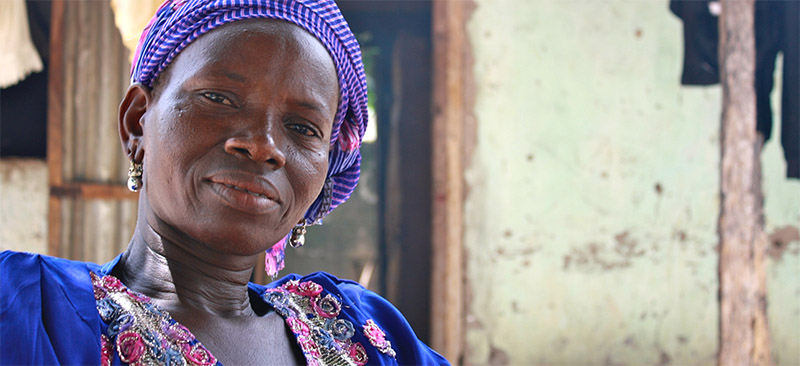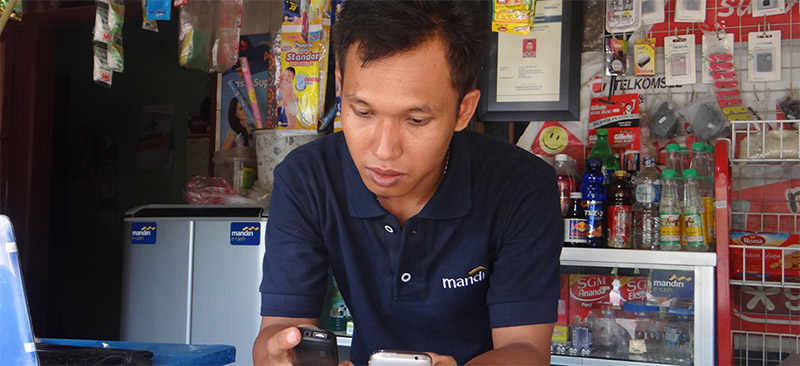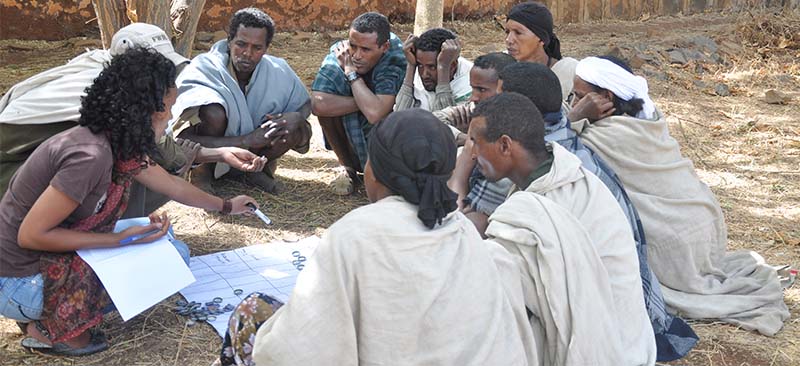VSSU is a young MFI serving a remote rural corner of the West Bengal in India. This report reviews the work of VSSU, and attempts to assess the opportunities and constraints to the improvement of VSSU’s services and to their replication elsewhere. It documents the innovative approaches adopted by VSSU in delivering microfinance services and in the process it also discusses VSSU’s products and services.
Blog
HIV/AIDS- Responding to a silent economic crisis
This note talks about the impact of HIV/AIDS on the microfinance clients, their coping mechanisms, and role of microfinance in enabling the clients to cope with the crisis. It details out the nature of economic impact during various stages of an HIV/AIDS infected person—early stages when symptoms appears, frequent hospital visits, bedridden, death and care for orphaned children. The note also describes coping strategies such as liquidating savings or selling productive assets in order to reduce the miseries arising out of the HIV/AIDS. It sees a significant role of microfinance for helping the clients to increase their business capital and accumulate savings.
Lessons from MicroSave’s Action Research Programme 2001 and 2002
MicroSave’s goal is to promote the development of high-quality financial services for poor people. Under the Action Research programme, MicroSave is learning and disseminating lessons relating to product development and the product development process. This report documents the progress made under the Action Research Programme during 2001 and 2002. It presents MicroSave’s package of services; summarises the lessons learned from its Action Research Programme; covers the selection of their Action Research Partners; presents an overview of results, and then details the activities undertaken with each of its partners.
Lessons from MicroSave’s Action Research Programme 2001
MicroSave’s goal is to “promote the development of high-quality financial services for poor people”. Under the Action Research programme, MicroSave is learning and disseminating lessons relating to product development and the product development process. This report documents the progress made under the Action Research Programme during 2001.
It presents MicroSave’s package of services; summarises the lessons learned from its Action Research Programme; covers the selection of their Action Research Partners; presents an overview of results, and then details the activities undertaken with each of its partners.
Lessons from MicroSave’s Action Research Programme 2001
MicroSave’s goal is to “promote the development of high-quality financial services for poor people”. Under the Action Research programme, MicroSave is learning and disseminating lessons relating to product development and the product development process. This report documents the progress made under the Action Research Programme during 2001.
Principles for Designing Staff Incentive Schemes
This article attempts to summarise the process of designing incentive schemes for staff members of microfinance institutions (MFIs). It identifies certain basic principles for designing monetary staff incentive schemes, once the decision to implement such a scheme is taken by an MFI. After introducing some basic definitions from the human resource literature, this article looks at factors that influence the choice of staff incentive schemes. In addition, it presents several critical design issues for incentive schemes. It concludes with a list of common mistakes in designing incentive mechanisms and also derives some basic lessons related to it.





